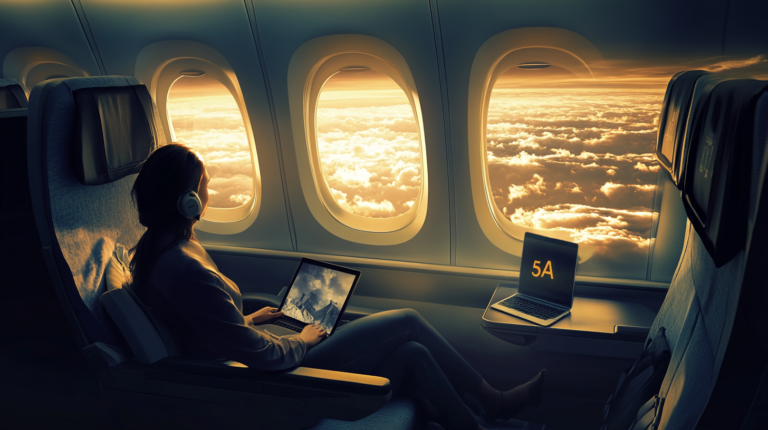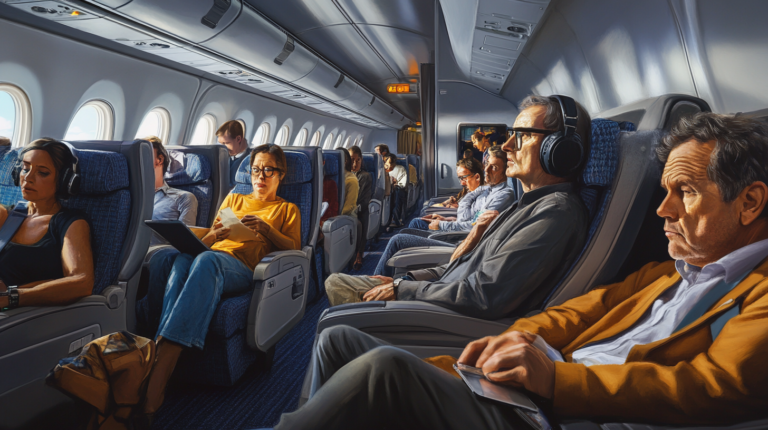The Unwritten Rules of Airplane Seat Swapping
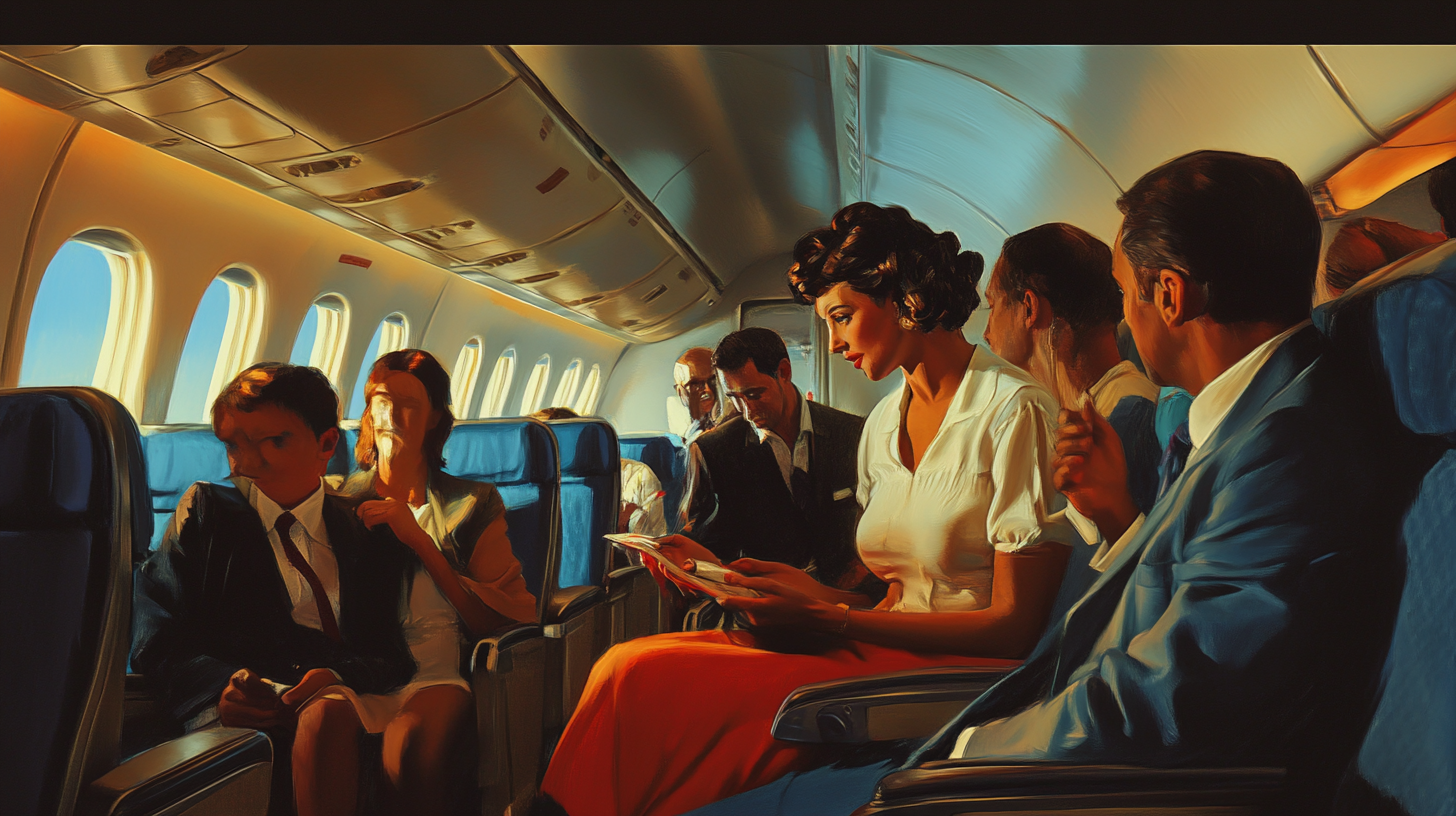
Air travel has its fair share of unwritten rules, and one of the most contentious topics among frequent flyers today is airplane seat swapping. In an era where social media platforms amplify every passenger’s experience, stories of seat swap disputes often go viral, sparking widespread debates about etiquette at 30,000 feet. Understanding the intricacies behind this practice has never been more crucial. This comprehensive guide delves deep into the nuances of seat swapping, offering invaluable insights into the dos and don’ts to ensure a smooth and courteous journey for all passengers, much like detailed etiquette resources for flyers .
The Rise of Seat Swapping Requests
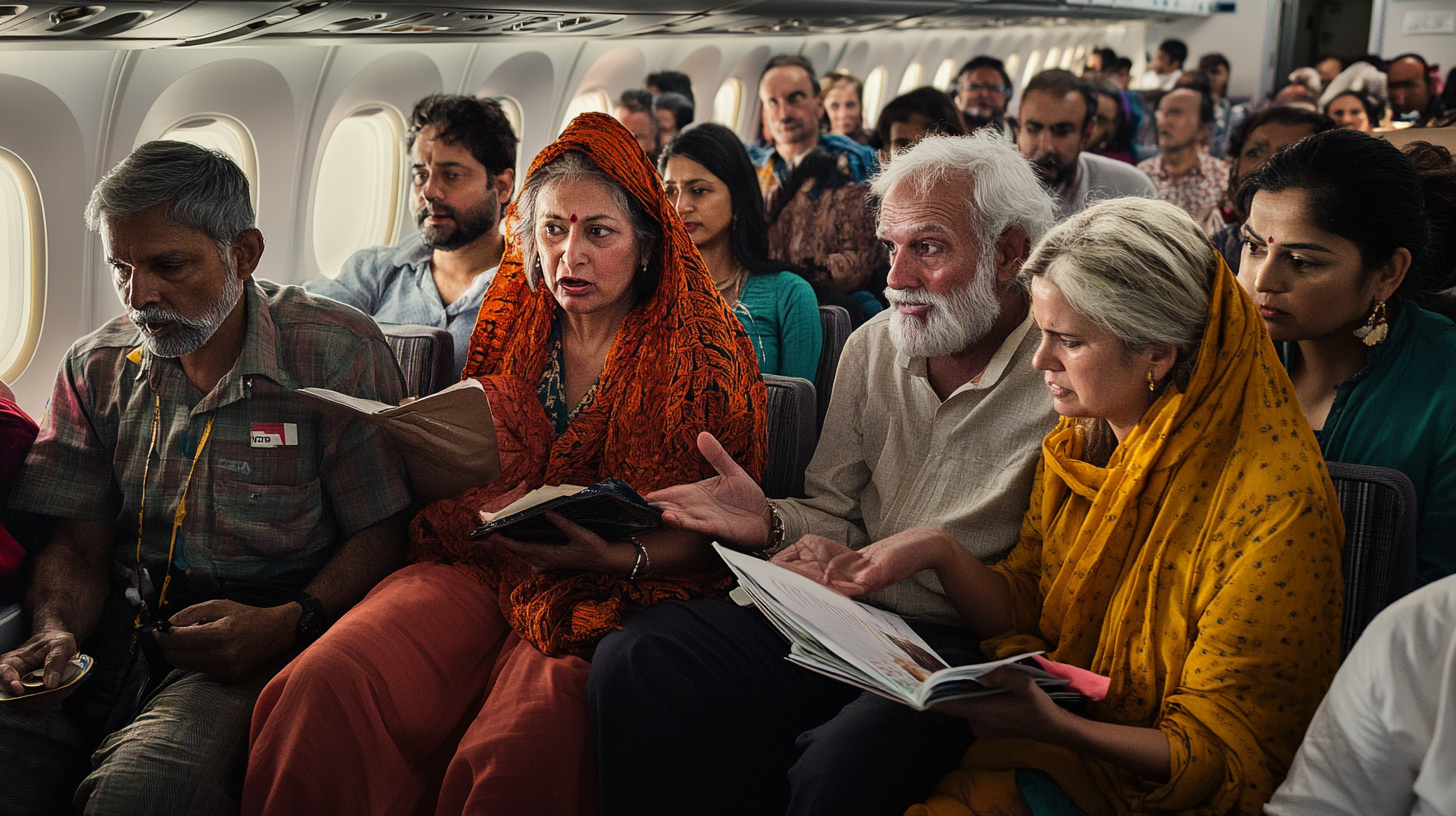
In recent years, there’s been a noticeable increase in passengers requesting to change their assigned seats. A survey conducted by Kayak revealed intriguing statistics: while 54% of respondents supported polite requests for seat switches, a significant 77% opposed swaps if the request stemmed merely from a dislike of one’s assigned seat. This divided opinion underscores the delicate balance between individual preferences and the collective comfort of all passengers on board. The surge in such requests may reflect the evolving dynamics of air travel, where personal space and seating arrangements play a pivotal role in the overall flying experience, as discussed in recent studies on passenger preferences .
Understanding the Etiquette of Seat Swapping
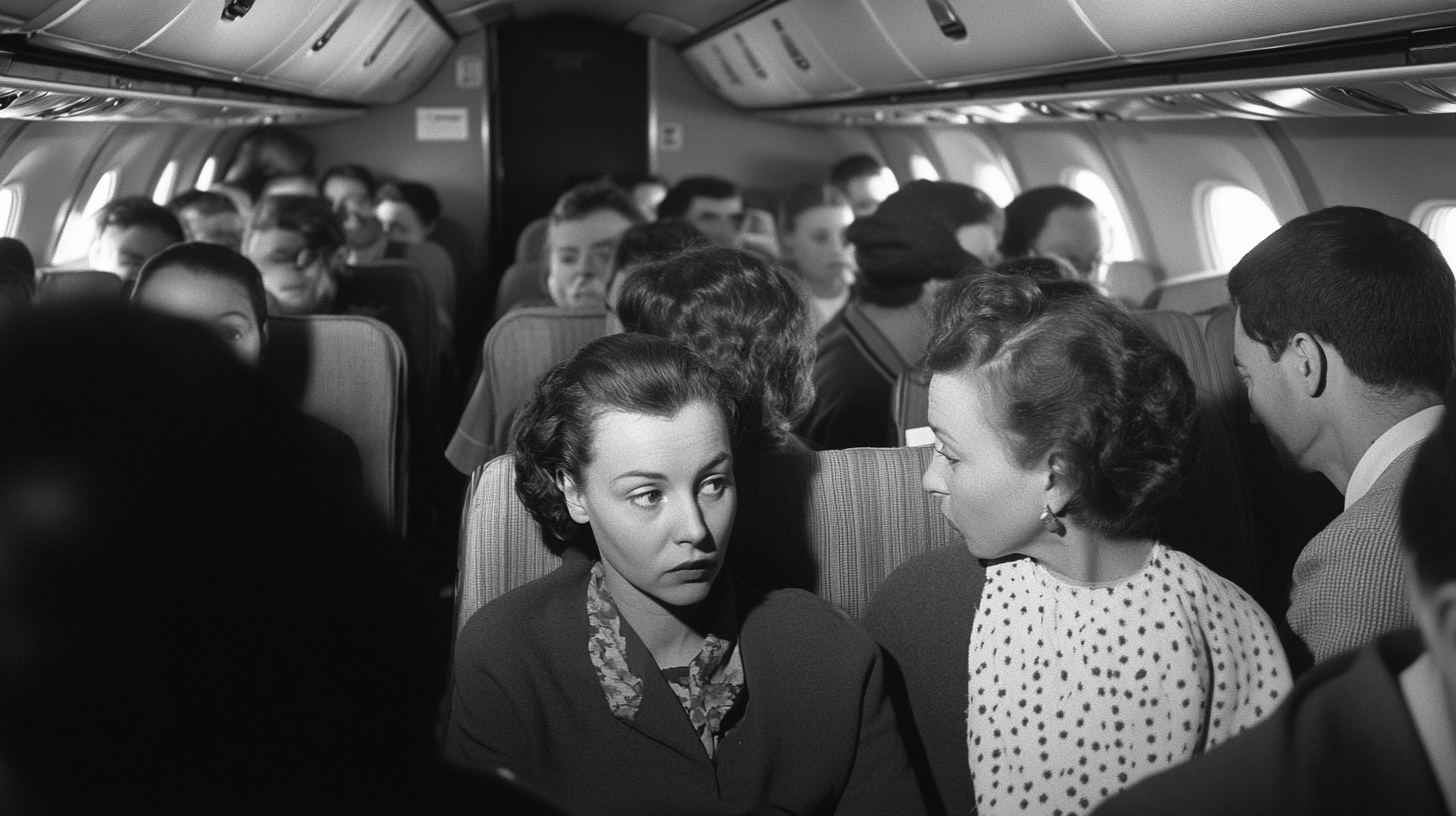
Nicky Kelvin from The Points Guy UK sheds light on the complexities of seat swapping etiquette. He emphasizes the importance of recognizing the value some passengers place on their seats, whether due to cost, personal preference, or airline status, a point further explored in articles on seat selection strategies . For many travelers, selecting a specific seat—be it for extra legroom, proximity to the restroom, or simply the comfort of an aisle or window position—is a significant part of their travel planning. Kelvin suggests that if you’re considering requesting a swap, it’s crucial to offer a seat of equivalent or better value. For instance, asking someone in an aisle seat to move to a middle seat is generally seen as unfair, as it disregards the comfort and convenience that passenger might have specifically chosen.
Moreover, situations involving families can add another layer to the discussion. While many passengers empathize with the desire for families to sit together, especially when young children are involved, there’s still an expectation that any requests should be made thoughtfully and respectfully. It’s important to understand that other passengers may have personal reasons for selecting their seats, and accommodating a swap isn’t always feasible for them.
Safety Concerns and Airline Policies
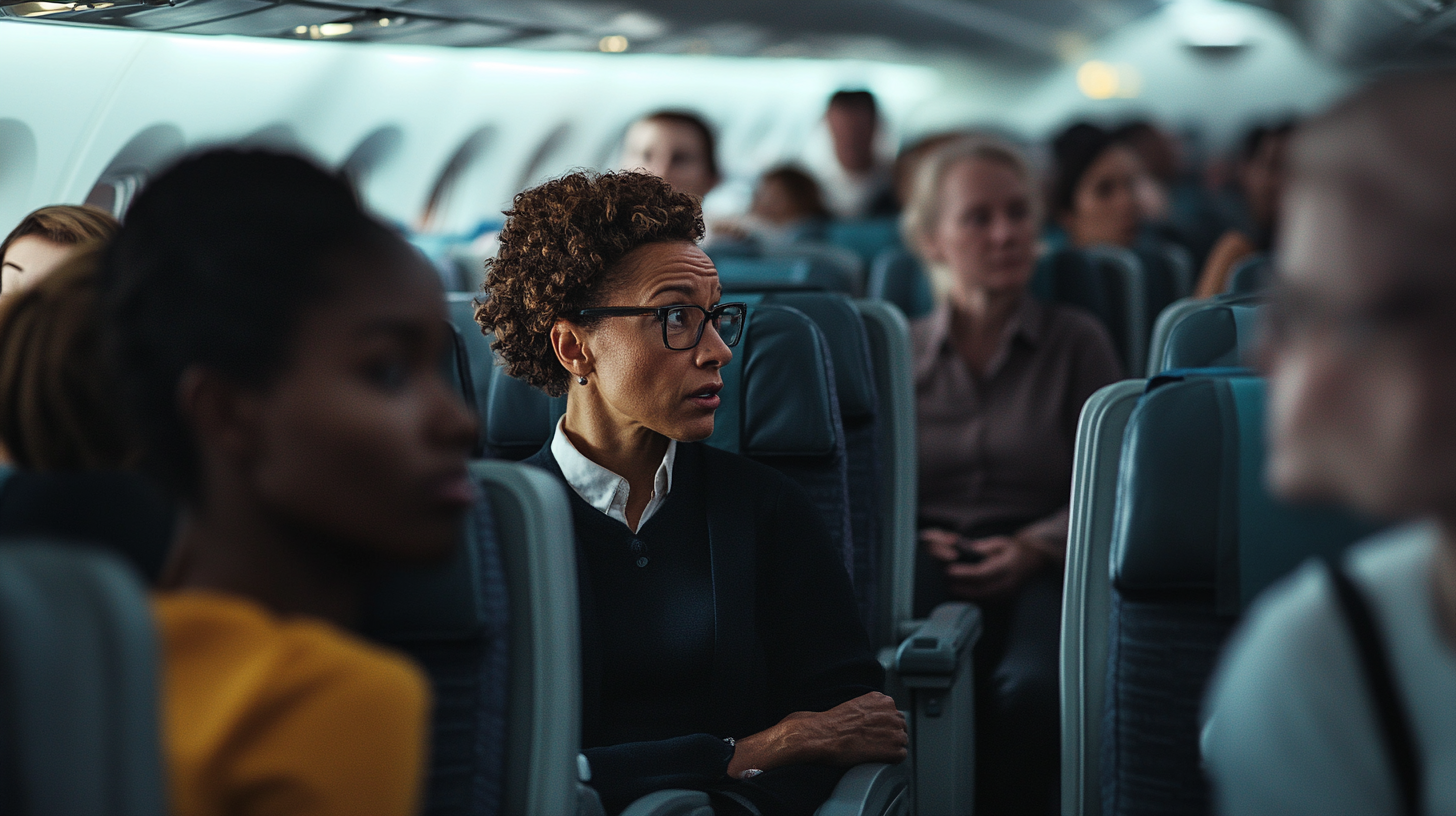
Beyond etiquette, seat swapping raises important safety considerations. Unauthorized seat changes can disrupt the aircraft’s balance, particularly on smaller planes, where weight distribution is carefully calculated. Additionally, it can complicate flight attendants’ ability to manage the cabin effectively, especially during emergencies when they need to know passengers’ locations for safety protocols. Some airlines have strict policies against moving seats without permission, as highlighted by former flight attendant Anaïs Monique and in airline safety guidelines regarding seat assignments . She notes that airlines reserve the right to change seat assignments without notice, and passengers should always consult crew members before making any swaps. This ensures that all seat changes are logged and that safety procedures are not inadvertently compromised. Flight attendants are trained to accommodate seating requests while maintaining safety and operational efficiency.
The Passenger Perspective
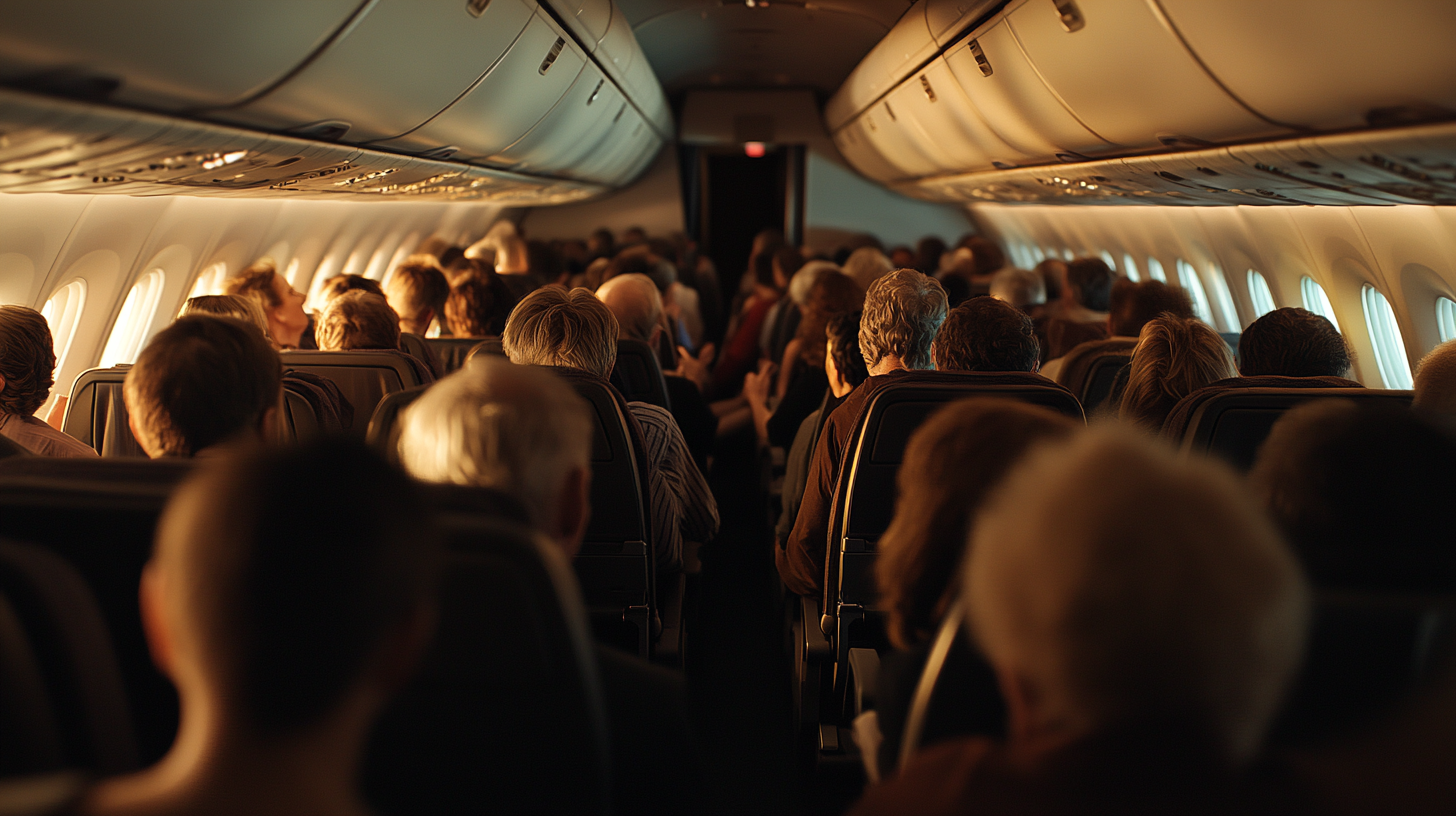
A survey of 1,095 Americans revealed that a whopping 95.4% prioritize their seat choice when flying. The reasons for this are varied: 39.6% want to sit with companions, underscoring the social aspect of air travel, and 30.8% seek extra legroom, highlighting the importance of comfort on often cramped flights. While 91.7% have been asked to switch seats, feelings about these requests are decidedly mixed. Notably, 84% of those who agreed to swap ended up regretting their decision, perhaps due to less desirable seating or unforeseen inconveniences. Despite this, 88.7% believe passengers should keep their assigned seats unless a valid reason for swapping arises, aligning with sentiments expressed in passenger rights and responsibilities overviews .
The Unwritten Rules of Seat Swapping
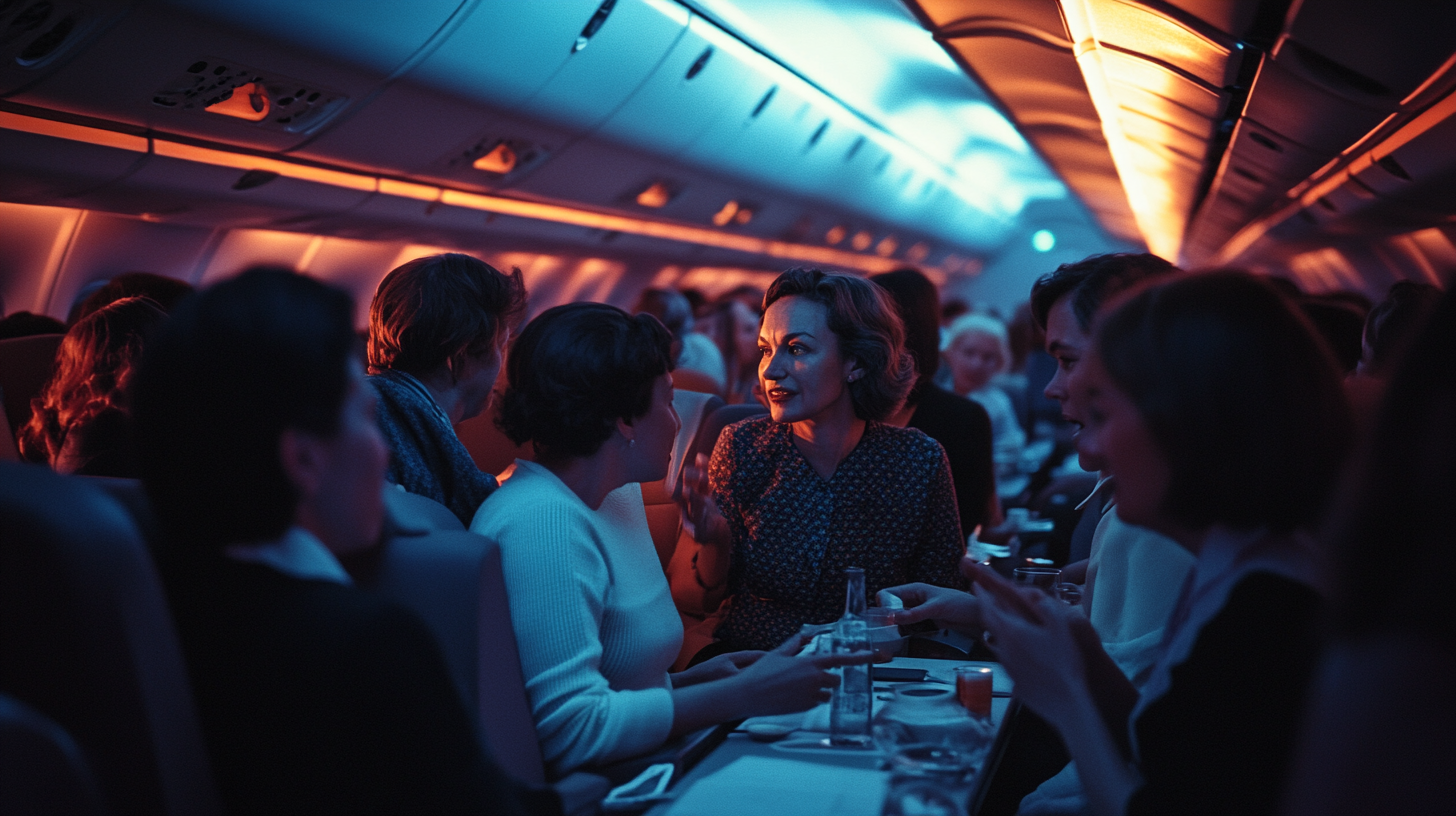
Considering the insights from industry experts and passenger experiences, several unwritten rules emerge, as outlined in unofficial air travel etiquette guides :
- Fair Exchange: Only propose a swap if you’re offering a seat of equal or better value. For example, trading a middle seat for an aisle or window seat may be seen as unfair, whereas swapping identical seat types ensures both parties maintain their comfort level.
- Be Polite and Understanding: Make requests courteously, using polite language and a friendly tone. Understand that the other passenger has every right to decline, and if they do, accept their decision graciously without taking offense or pressuring them further.
- Valid Reasons Matter: Swapping to sit with young children, elderly relatives, or for medical reasons is generally more acceptable and may encourage others to accommodate your request. Providing a brief explanation can help the other passenger understand the importance of the swap.
- Consult Flight Attendants: Always inform a crew member before changing seats, particularly on full flights or when moving to a different cabin class. Flight attendants can assist and ensure that the swap doesn’t interfere with safety regulations or operational procedures.
- Respect Others’ Choices: Remember that passengers are not obligated to swap seats under any circumstances. If someone declines your request, respect their decision without argument or resentment, acknowledging that they may have legitimate reasons for wanting to keep their seat.
When Swapping Makes Sense
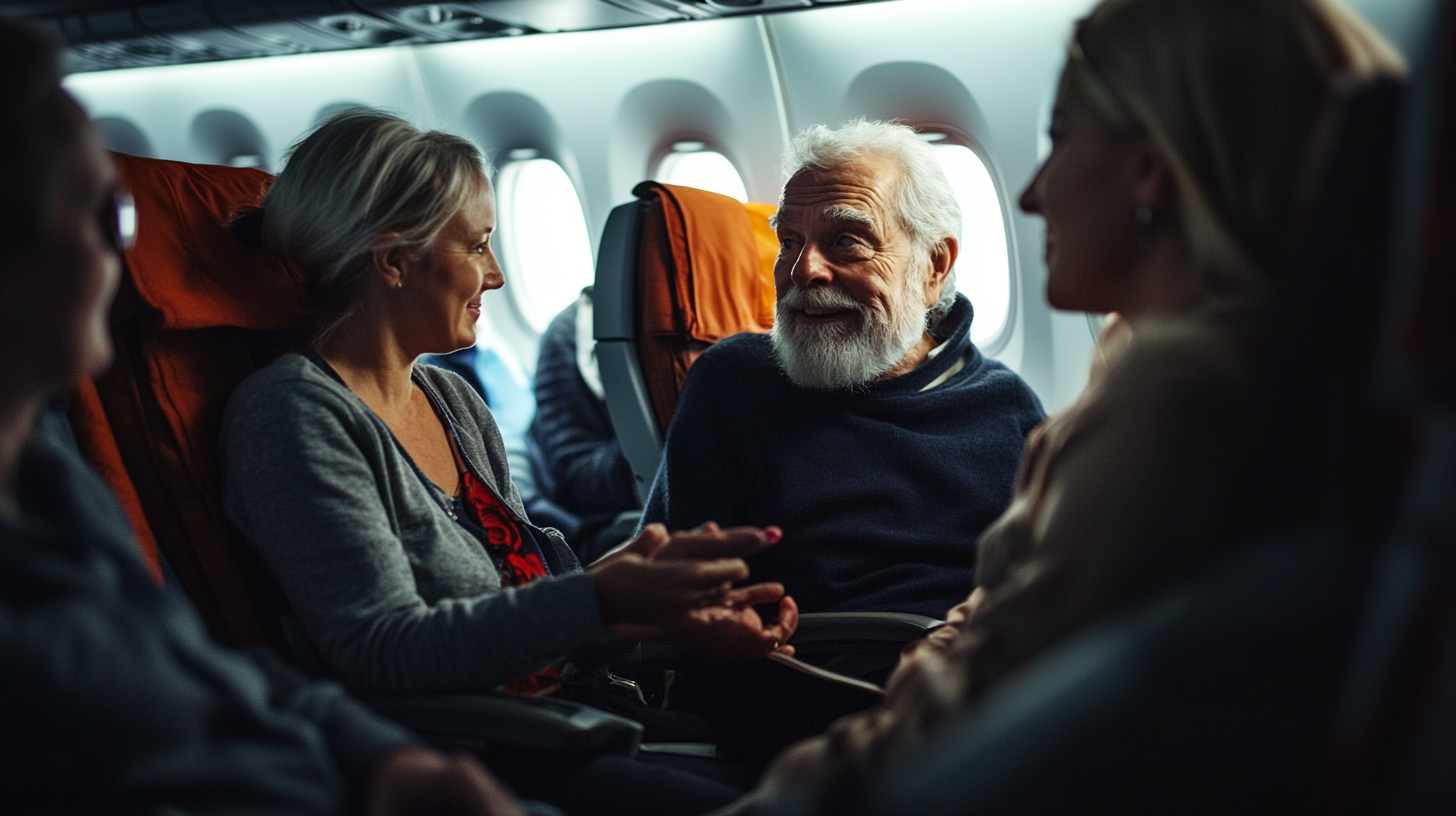
There are scenarios where seat swapping is not only understandable but also encouraged. For example, unaccompanied minors or caregivers needing proximity to their children should be prioritized to ensure safety and ease during the flight. Similarly, passengers with medical needs may require assistance from a companion seated nearby. Empathy plays a significant role in these situations, and many seasoned travelers advocate for accommodating such requests when possible. By putting ourselves in others’ shoes, we contribute to a more compassionate and cooperative flying environment.
How to Handle Seat Swapping Requests
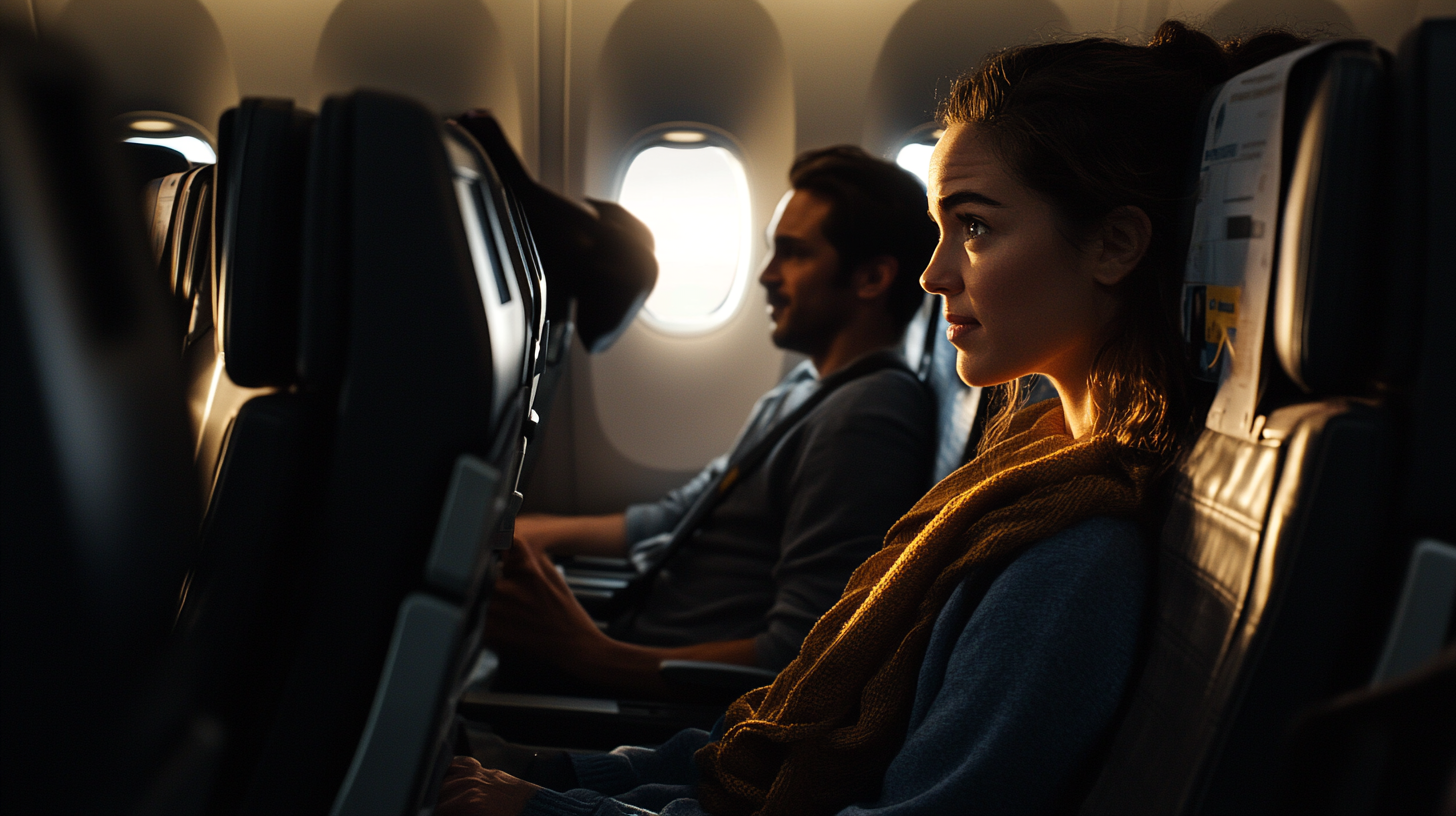
For Those Being Asked:
- Listen to the request fully before responding. Allow the person to explain their situation without interruption.
- Consider the trade—does it offer equal or better seating? Assess whether moving seats will impact your comfort or travel experience.
- If you choose to decline, do so politely. Express your inability to accommodate the request in a kind and understanding manner.
For Those Making a Request:
- Be courteous and explain your reason briefly. A simple, honest explanation can go a long way in persuading others.
- Offer a seat of equal or better value. This increases the likelihood that your request will be accepted.
- Accept the decision gracefully if your request is denied. Thank the person for their time and avoid showing frustration or disappointment.
The Role of Airlines in Seat Swapping
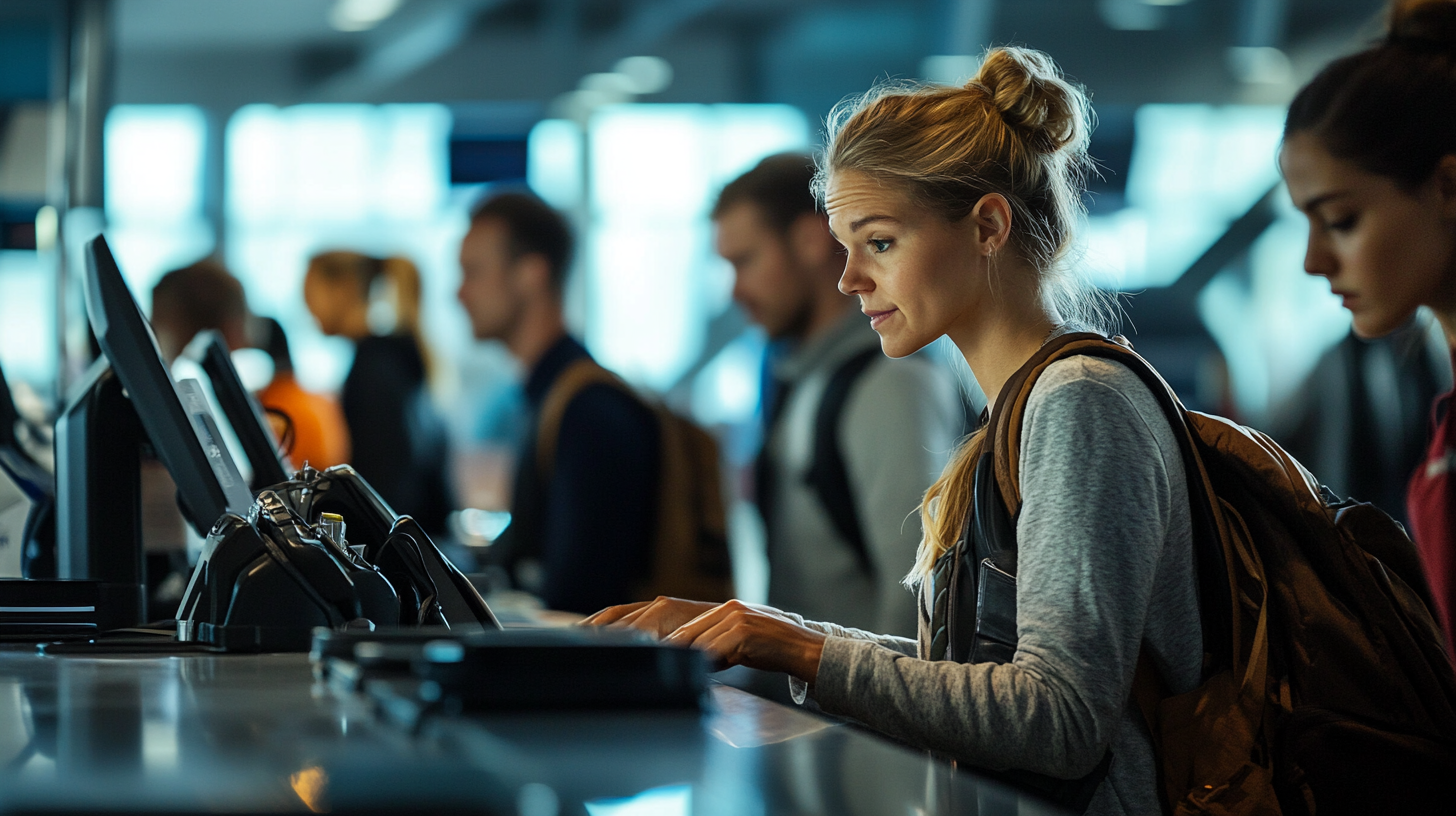
Airlines’ policies and practices can contribute significantly to the seat swapping dilemma. The increase in fee-based seat assignments and the introduction of Basic Economy fares often separate passengers who book together, leading to more swap requests as families and groups attempt to sit together. Additionally, glitches in airline reservation systems or last-minute equipment changes can result in unexpected seating arrangements, further complicating matters.
Experts like Ned S. Levi suggest that airlines could do more to seat families and companions together, potentially reducing the number of swap requests and improving the overall travel experience. By revisiting seating policies and considering the implications of separating travelers, airlines might strike a better balance between maximizing revenue through seat selection fees and ensuring passenger comfort and satisfaction, as suggested in discussions on airline customer service strategies . Enhancing transparency during the booking process and offering flexible seating options could also mitigate the need for in-flight seat swaps.
Real-Life Seat Swapping Experiences
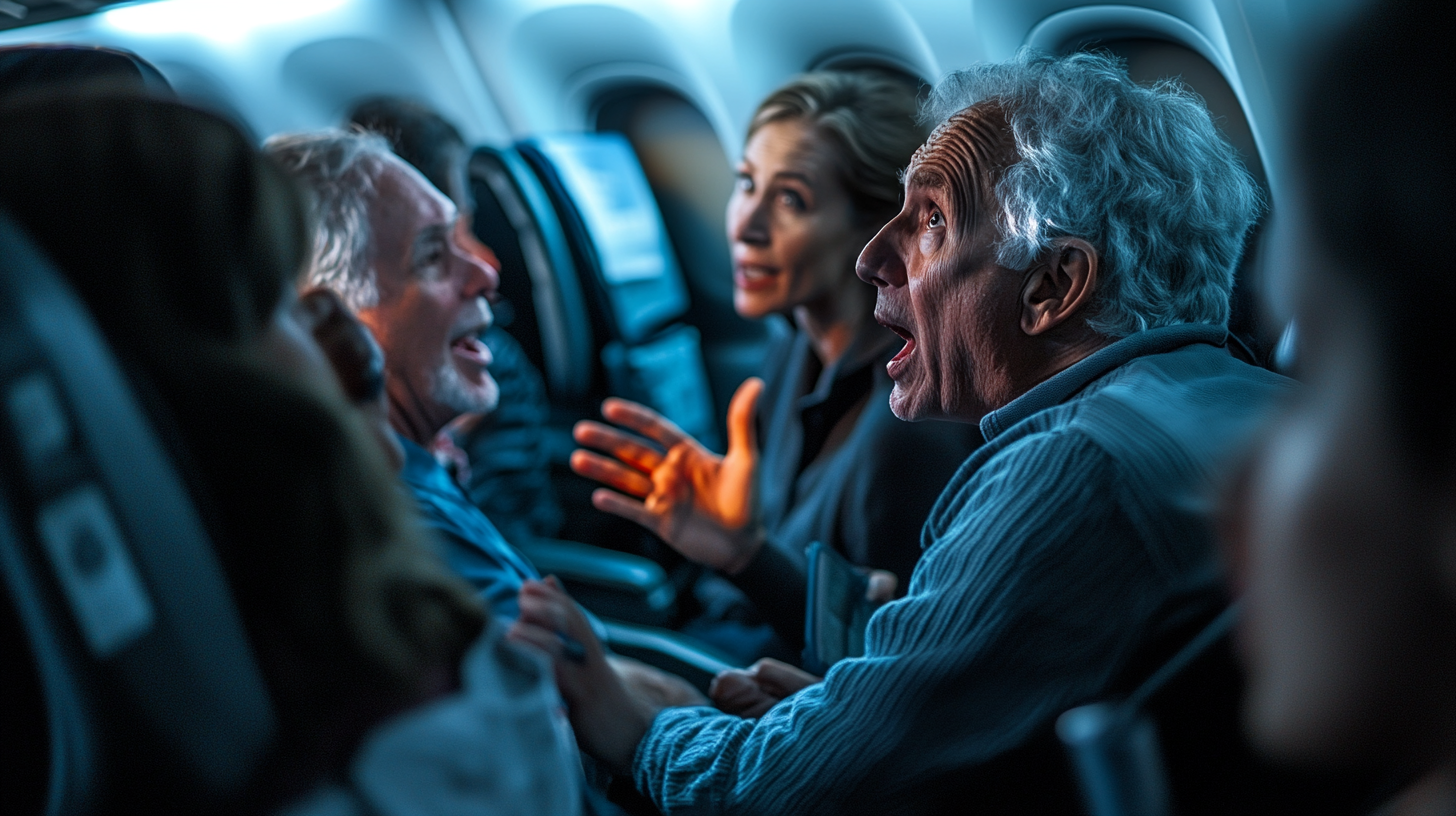
Several incidents have sparked debates on social platforms like Reddit, highlighting the complexities of seat swapping etiquette. In one case, a man refused to swap his premium economy seat for a standard one, despite a couple’s request to sit together. Understandably, he valued the additional comfort he had paid for, and the flight attendant intervened, supporting his decision to keep his assigned seat. This incident underscores the importance of recognizing the monetary and comfort value associated with certain seats.
Another incident involved a newlywed couple who asked a passenger to move so they could sit together. The passenger declined due to personal reasons, possibly because they chose their seat intentionally. The situation led to widespread support for the passenger who declined, with many emphasizing the importance of planning ahead and not expecting others to accommodate last-minute requests. These real-life examples illustrate the diverse opinions on seat swapping and the need for respectful communication, highlighting themes found in social media debates on air travel etiquette .
Final Thoughts
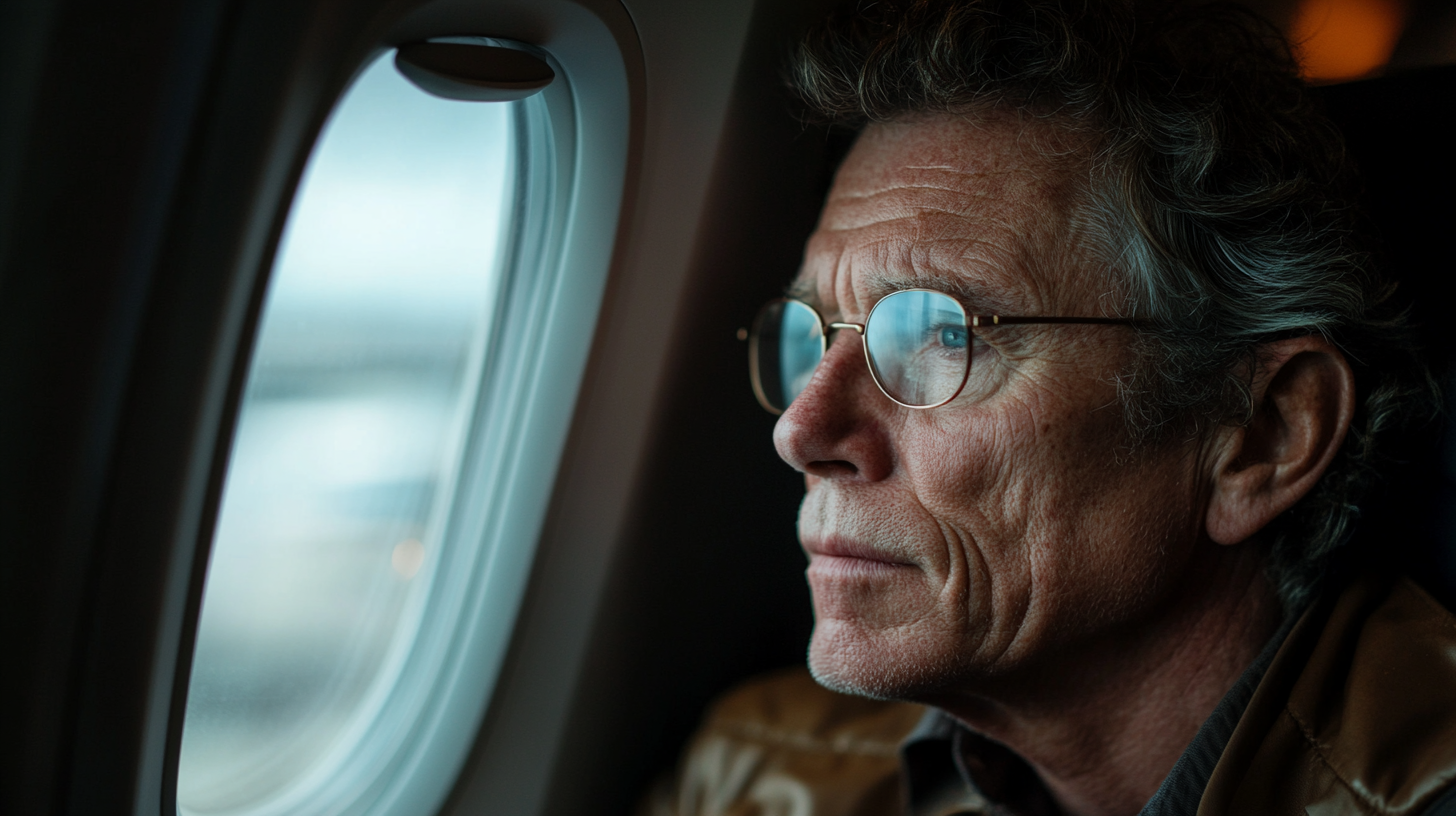
Airplane seat swapping doesn’t have to be a source of conflict or discomfort. By understanding the unwritten rules and approaching each situation with empathy and respect, passengers can navigate these requests smoothly. Remember that seat assignments exist for reasons ranging from safety and operational efficiency to personal comfort and preference. Whether you’re considering asking for a swap or responding to a request, prioritizing courtesy and clear communication can make the journey more pleasant for everyone involved.
Follow us back to Seat 5A for more insights and tips on enhancing your travel experience. In the ever-evolving landscape of air travel, where passengers from diverse backgrounds share confined spaces, embracing these guidelines ensures not only your comfort but also contributes to a respectful and considerate flying community, a vision echoed in global initiatives for better travel experiences . By cultivating an environment of mutual respect, travelers can help create positive experiences that extend beyond the duration of the flight.



